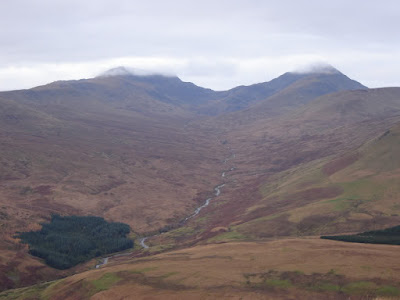The Perthshire Clearances and Glen Beich
OS Map showing the area of Glen Beich in this "blog"
Loch Earn from Glen Beich
I recall
about ten years ago being asked by a
lady from Ontario Canada
In those far off days this would have been a thriving community with the tenants living a
crofting existence relying on fish ( from the Beich Burn and no doubt
the adjoining Loch ) as well as root crops such as potatoes , seasonal barley
or bear for food and beer and flax which was spun and woven into linen cloth . A hard but satisfying
existence in this idyllic spot . The old parish records show countless generations of Stewarts being born
, living out life and dying in this so beautiful airt . Alas, by the mid 19th
century all was to change . The rapacious
Marquis of Breadalbane realised that sheep were more profitable than
people and the Perthshire clearances began both here and in Glen Quaich near Amulree . En masse
the people moved away having been thrown off their lands and the roofs of
their cottages stripped and burned . It
is part of our history which in a Perthshire context has been overlooked . It
should not be forgotten . These people should be
remembered for the suffering they endured prior
to reaching the promised land of Canada . Not a few failed to make
it .
Ruins of Ardveich/Dalveich Castle






.jpg)

Fascinating article
ReplyDelete